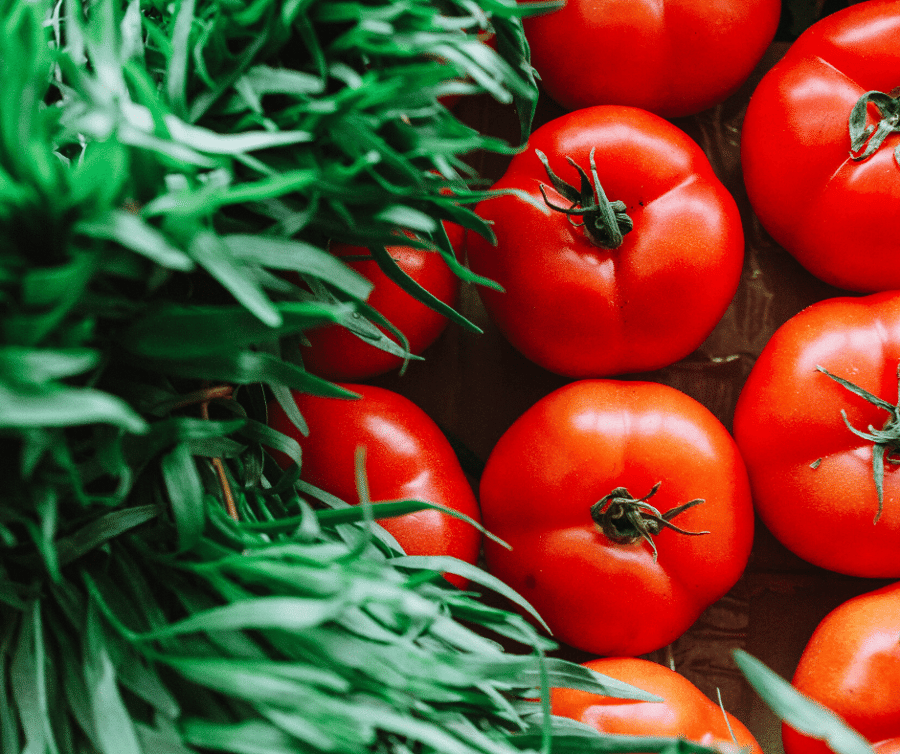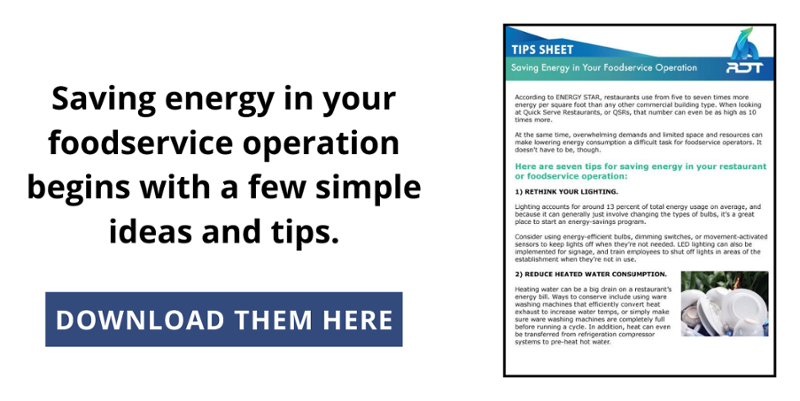
For many Americans, eating healthy can be a daily struggle. With increasingly busy schedules and only so many hours in the day, finding the time to prepare and enjoy healthy food often seems impossible. Still, following a proper diet doesn't have to be complicated.
Many experts recommend "eating the rainbow" - that is, filling your plate with lots of colorful fruits and vegetables. Vegetables like broccoli, green beans, and leafy greens are packed with nutrients, making them a vital part of everyone's daily diet. Many consumers will go out of their way in order to secure meal options that they feel confident are fresh and expertly prepared, using organic, safely-stored vegetables. However, fresh vegetables have the same issue as other preservative-free foods and can go bad quickly if not stored properly.
Keeping vegetables in a refrigerator makes them last longer
While some vegetables, such as eggplant and zucchini, can be stored at room temperature for a few days, keeping vegetables of all varieties in the refrigerator will prolong their life for at least an extra day. These days, almost all refrigerators come equipped with a special section to store vegetables, often referred to as the crisper. The crisper helps to keep vegetables shielded from harm so that they don't get bruised. It also contains more humidity, which can also help to extend the life of your fresh vegetables.
If you are planning to use the vegetables within 48 hours, you can chop or dice them for easier recipe preparation, however, in general, vegetables should be stored intact to keep them fresh longer. It is also important to note that once vegetables are cut, they can harbor bacteria, so make sure to refrigerate any chopped, diced, or sliced vegetables right away.
What temperature should vegetables be stored at?
It is a good rule of thumb to store all vegetables in the refrigerator at a temperature under 40 degrees. Most experts recommend keeping the temperature set between 34 and 40 degrees. While everyone has different preferences for their refrigerator temperature, if you are also keeping meat in the refrigerator, plan accordingly and set a safe overall temperature.
While many people prewash their vegetables as a matter of habit, it is actually best to avoid prewashing when storing them in the refrigerator, due to the fact that excess moisture can lead to quicker spoiling.
Store vegetables according to their type
If you come home from the store with bags full of fresh fruits and vegetables, you can look forward to preparing healthy, delicious meals for days to come. Still, your tasty meal or menu plan could get spoiled quickly in the event that you store vegetables of different types in the same storage containers. It is important to make sure that when placing vegetables in the refrigerator, you divide and store them by type, as different vegetables have different levels of moisture.
For example, green onions spoil much quicker than carrots, so keeping them next to each other could spell disaster. Also, it is vital to never store fruit in the same container as fresh vegetables. Fruit spoils at a much faster rate than most vegetables, so placing tomatoes, berries, or citrus fruit next to broccoli, cauliflower, or corn can speed up the spoil rate of the otherwise-healthy vegetables.
There are plenty of ways to keep vegetables fresh in the fridge. Just follow these simple steps and you can save time, money, and the disappointment of veggies-gone-bad.




